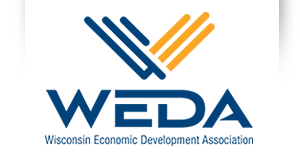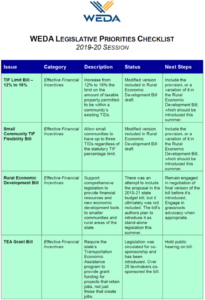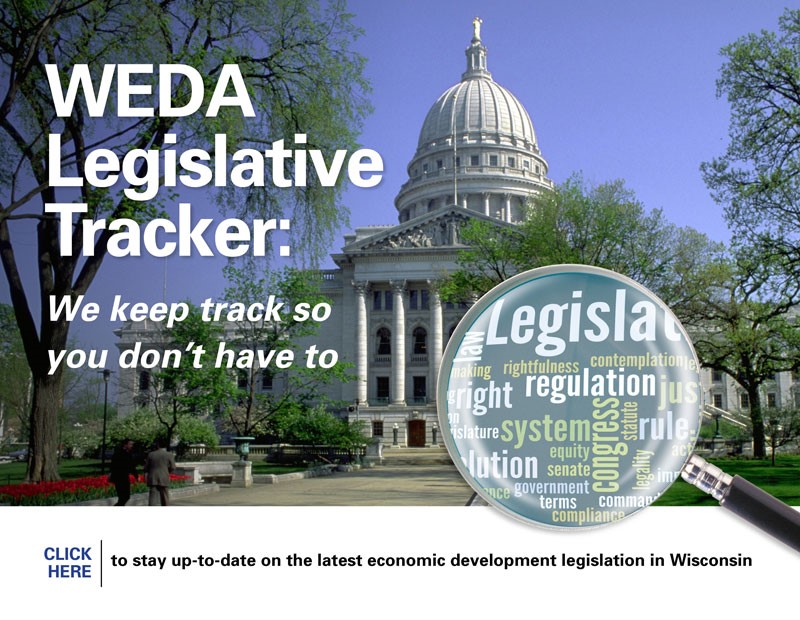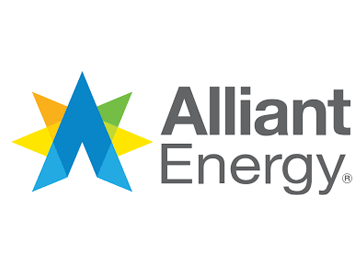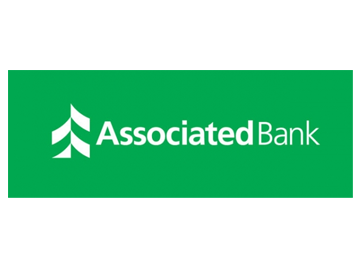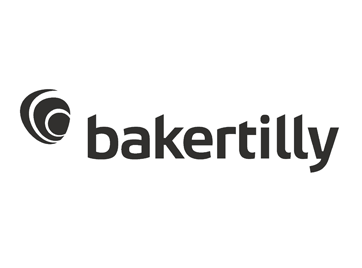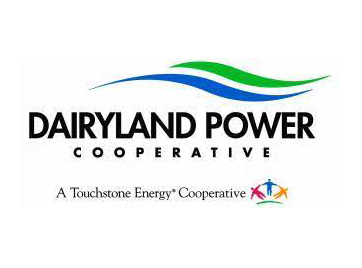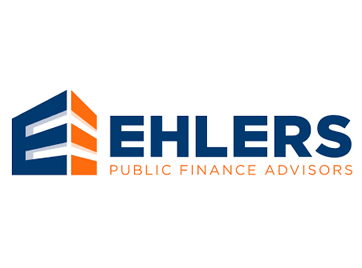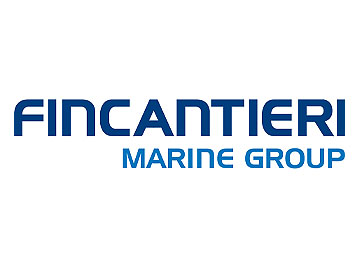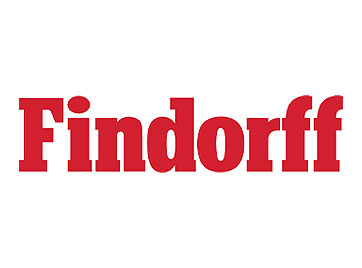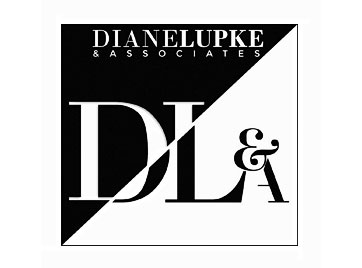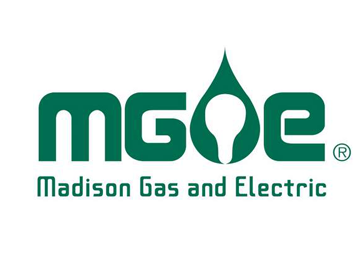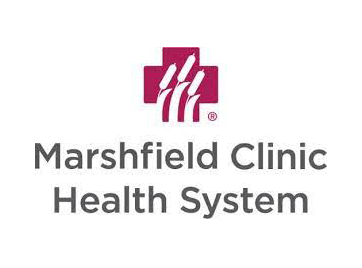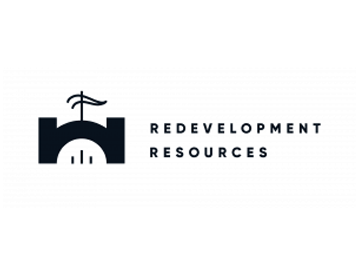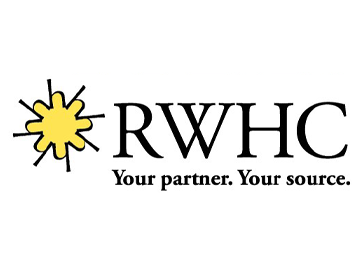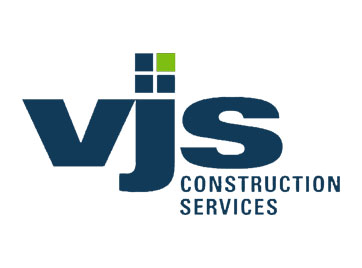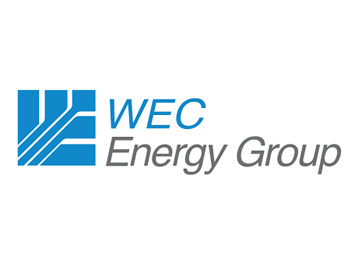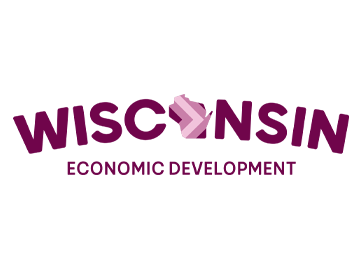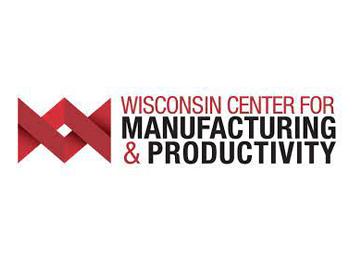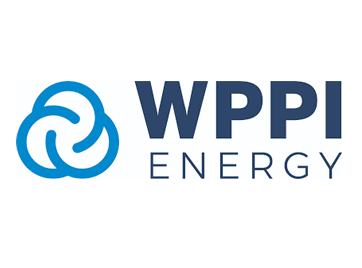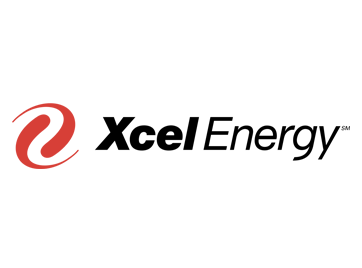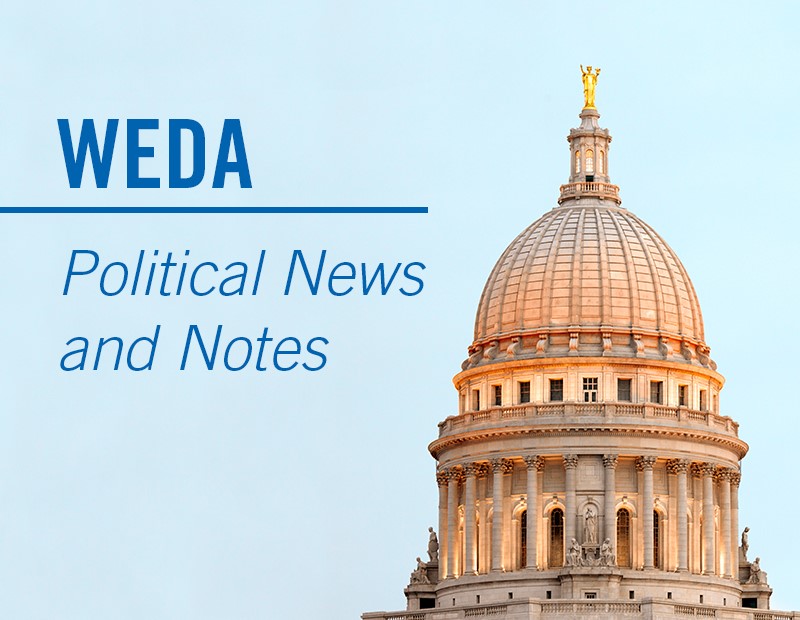
June 28, 2019
In This Edition…
- Legislature Approves Budget Bill; Sends two-year spending plan to Gov. Evers
- WEDA Continues Work on Legislative Priorities
- WEDA Legislative Tracker: We Keep Track So You Don’t Have To
- Seven Iconic Wisconsin TIF Projects
Legislature Approves Budget Bill; Sends two-year spending plan to Gov. Evers
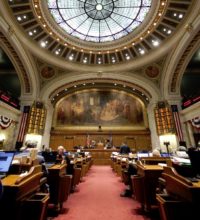
Earlier this week, the Republican-controlled legislature passed the 2019-21 state budget bill and sent the $82 billion, two-year spending plan to Gov. Tony Evers, who can reshape the legislation with his extensive line-item veto authority or veto the document in its entirety.
Republican lawmakers were able to push the legislation through after rewriting much of the budget recommended by Evers in February. The GOP removed hundreds of provisions from the initial Evers’ budget, including a provision to limit Tax Incremental Financing (TIF) developer grants to 20 percent of a TIF district’s total project costs and a proposal to significantly reduce the Manufacturing and Agriculture Tax credit. WEDA opposed both measures and actively lobbied to remove them from the budget.
Gov. Evers has called on the legislature to send him the budget bill. Once delivered, Evers will have six days to act on the legislation.
Please find below the economic development-related highlights included in the budget as passed by the legislature:
WORKFORCE DEVELOPMENT:
- Provides an additional $3 million in each year of the biennium, for a total of $6 million for Career and Technical Education grants.
- Provides an additional $2.76 million in each year of the biennium, for a total of $5.5 million for grants to local youth apprenticeship consortia.
- Provides an additional $500,000 in each year of the biennium, for a total of $1 million for the Technical Education Equipment Grant program.
- Provides an additional $25 million over the biennium for the Wisconsin Technical College System.
TRANSPORTATION:
- Increases vehicle title fees by $95 (from $69.50 to $164.50). The fee increase would generate an additional $272,913,600 in new revenue over the biennium.
- Increases vehicle registration fees by $10 (from $75 to $85). The fee increase would generate an additional $65,317,600 in new revenue over the biennium.
- Sets the registration fee for light trucks – across all weight classes – at $100. The fee increase would generate an additional $18,493,500 in new revenue over the biennium.
- Increases local transportation aid for counties by $13,886,800 over the biennium – a 10% increase. The motion would provide counties an annual total of $122,203,200 in transportation aid in 2020 and thereafter.
- Increases local transportation aid for municipalities by $52,295,900 over the biennium – a 10% increase. The motion would provide municipalities an annual total of $383,503,200 in transportation aid in 2020 and thereafter. The motion would also increase the mileage aide rate for municipalities by $239 per mile (from $2,389 to $2,628) beginning in 2020.
- Provides one-time funding of $90 million (from the state’s general fund) for local transportation projects. The motion would allocate $32,003,200 for counties; $22,847,400 for municipalities; and $35,149,400 for towns. Local units of government would be required to: 1.) Apply for funding through the Department of Transportation (DOT); and 2.) Provide a 10% project cost match.
- Increases funding for the State Highway Rehabilitation program.
- Increases finding for large highway projects in southeastern Wisconsin.
- Provides a 2% increase in mass transit operating assistance.
- Provides $30 million in bonding for the freight rail preservation program.
- Provides $1.5 million – from the freight rail infrastructure improvement program revolving loan fund balance – for intermodal facilities grants.
- Authorizes $326 million in new transportation bonding over the biennium – the lowest amount in decades.
- Provides $2.5 million to DOT to hire a consultant to conduct a study of the viability of a mileage-based fee and outline a plan to implement such a fee. The provision also requires the DOT to submit a recommendation on implementation of a mileage-based fee plan by January 1, 2023.
UNIVERSITY OF WISCONSIN SYSTEM:
- Provides the UW System with an additional $58 million over the biennium.
- Provides $1 billion for new campus buildings across the UW System.
- Maintains the freeze on in-state tuition.
OTHER ITEMS OF NOTE:
- Transfers $44 million in federal e-rate funds to the state’s Broadband Expansion Grant Program to distribute an additional $22 million in grants per year.
- Requires WEDC to make a payment of $25,000,000 (from unencumbered economic development funds) for deposit into the state’s general fund on or before January 1, 2020.
- Approved a $32 million middle-class tax cut that would lower income taxes for the second-lowest bracket. On average, the tax cut would reduce income taxes by $75 per person in 2019 and by $136 in 2020.
- Provides $25 million for a grant program that allows municipalities and counties to apply to the State Building Commission for grant funding on behalf of private organizations for certain construction projects. Allocates $3 million of the $25 million to build an economic and community hub in Wisconsin Rapids.
KEY ITEMS REMOVED FROM THE BUDGET:
The following budget initiatives recommended by Gov. Evers were REMOVED from the bill by the legislature:
- The provision to limit TIF developer grants to 20 percent of a TIF district’s total project costs.
- The provision to limit the manufacturing portion of the Manufacturing and Agriculture Tax Credit to only apply to the first $300,000 in qualified production income.
- The provision to cap the Enterprise Zone Tax Credit program to a total of 35 zones statewide.
WEDA Continues Work on Legislative Priorities
Now that the state budget process is nearly over (if Gov. Evers signs the budget bill and decides not to veto it in full), the legislature will hopefully turn their attention on other important legislative issues not addressed in the budget bill. WEDA itself has a long list of legislative priorities we would like to get over the finish line before the end of the current session. Those priorities range from initiatives to help address the state’s workforce shortage and affordable housing crunch to proposals to strengthen critical economic development tools.
Due to the current political landscape in Wisconsin and the nature of split-government, the quantity of proposals moving through the legislative process is measurably less than in recent sessions. Despite the slower activity in the State Capitol, the WEDA Government Affairs Team WEDA looks forward to working with lawmakers during the remainder of the session to help advance economic prosperity in Wisconsin. In fact, WEDA has a handful legislative initiatives lined-up for introduction and further consideration in early fall, including:
Opportunity Zone Enhancement Act – In 2017, Congress enacted the federal Opportunity Zone Program to help drive long-term private capital to economically challenged rural and urban communities across the country. Each state has designated a set number Opportunity Zones into which private investment can flow through Opportunity Funds – a new private investment tool authorized to invest in Opportunity Zone projects. Wisconsin has 120 Opportunity Zones.
In 2017, Congress enacted the federal Opportunity Zone Program to help drive long-term private capital to economically challenged rural and urban communities across the country. Each state has designated a set number Opportunity Zones into which private investment can flow through Opportunity Funds – a new private investment tool authorized to invest in Opportunity Zone projects. Wisconsin has 120 Opportunity Zones.
Investors realize the following tax benefits if they reinvest unrealized capital gains into an Opportunity Fund: 1.) Deferral of capital gains tax until 2026; 2.) Reduction of original capital gains tax by 10% after 5 years, and by 15% after 7 years. Last session, Wisconsin incorporated the federal tax provisions related to Opportunity Zones into state law; and 3.) A permanent exclusion from taxable income of capital gains from the investment in an Opportunity Fund.
The legislation WEDA is working on would double the Opportunity Zone tax incentives at the state level for Wisconsin investors who invest In Opportunity Funds that in-turn hold at least 90% of their assets in Wisconsin Opportunity Zone property. The bill will help drive much-needed, long-term investments to communities across Wisconsin.
The legislation is currently being redrafted to incorporate a handful of necessary technical modifications, but should be ready for introduction and legislative debate in late summer or early fall.
Workforce Housing Development Tax Incentive – Communities across Wisconsin are dealing with a growing rental and workforce housing shortage, which negatively impacts talent attraction efforts and stalls economic growth. WEDA is working on legislation that would help encourage the development of workforce housing by creating a sales tax exemption on building equipment and supplies purchased to construct workforce housing. The legislation should be introduced by early fall, either as a stand-alone bill or as part of a wide-ranging rural economic development bill.
Transportation Economic Assistance (TEA) Grant Enhancement Bill –
The TEA Grant program, administered by the Wisconsin Department of Transportation (DOT), was created in 1987 to provide funding for transportation improvements critical to economic development projects that retain and create jobs in Wisconsin. The program was established to respond quickly to economic development opportunities that support business investment across the state.
Since its inception, the program has awarded over 350 grants statewide totaling more than $110 million. In addition, TEA Grants have helped fund road, rail, harbor and airport projects that have resulted in the creation of over 27,000 new jobs and the retention of more than 19,000 jobs.
Unfortunately, after a recent legal review of the program, the DOT determined it did not possess the statutory authority to provide grant funding for jobs retained – and going forward could only support projects that create new jobs. This change has diminished the value of TEA Grants as an economic development tool. It is also in direct conflict with Wisconsin’s growing workforce shortage, which makes it necessary for state programs and policies to recognize that job retention is just as important as job creation.
WEDA is working on legislation that would restore the TEA Grant program’s long history of awarding project funds forboth job creation and job retention.
The bill has been circulated for co-sponsorship, and over 25 legislators from both sides of the political aisle have signed onto the bill as sponsors. The legislation should be officially introduced and assigned a bill number within the next week.
To learn more about WEDA’s legislative goals for the rest of the session and the status of each issue we’re working on, CLICK HERE to review our Legislative Priorities Checklist.
WEDA Legislative Tracker: We Keep Track So You Don’t Have To
In every two-year legislative session in Wisconsin, thousands of bills are introduced and considered by lawmakers. While not all of them impact economic development, many can have a significant effect on the direction of the state’s economy and the economic development profession.
WEDA created the Legislative Tracker tool to allow members to stay up-to-date on the latest economic development legislation. The Tracker lists and allows members to follow and learn more about the bills WEDA is lobbying on and monitoring as they work through the legislative process. The Tracker includes the bill number, a brief description of the bill, its status and WEDA’s position on the proposal.
Click here to review the WEDA Legislative Tracker.
Seven Iconic Wisconsin TIF Projects
By Curt Witynski, Deputy Director, League of Wisconsin Municipalities & Michael Welsh, WEDA Legislative Affairs Director
Wisconsin cities and villages serve as the main engines that drive business growth and prosperity across the state, and Tax Incremental Financing (TIF) is the most effective tool they have at their disposal to spur economic development, job creation and tax base growth.

Municipalities have been using TIF successfully since 1976 to promote development that would not otherwise occur absent this unique financing tool. The TIF process allows a municipality to pay for public improvements and other eligible costs within a designated area, called a Tax Incremental District (TID), using the future taxes collected on the TID’s increased property value to repay the cost of the improvements. When a TID’s project costs are paid off, the increased tax revenue is shared with all taxing jurisdictions.
As of 2019, there are 1,320 active TIF districts in Wisconsin. Over 425 communities have used TIF to encourage business expansion and promote private investment – and create exciting economic opportunities for their citizens. Since its inception, TIF has increased property values in communities throughout the state by over $16 billion. It is also important to remember that TIF is not a tax break or a handout to businesses, but rather a proven financial incentive that sparks development and ultimately reduces the tax burden for all property taxpayers in a community.
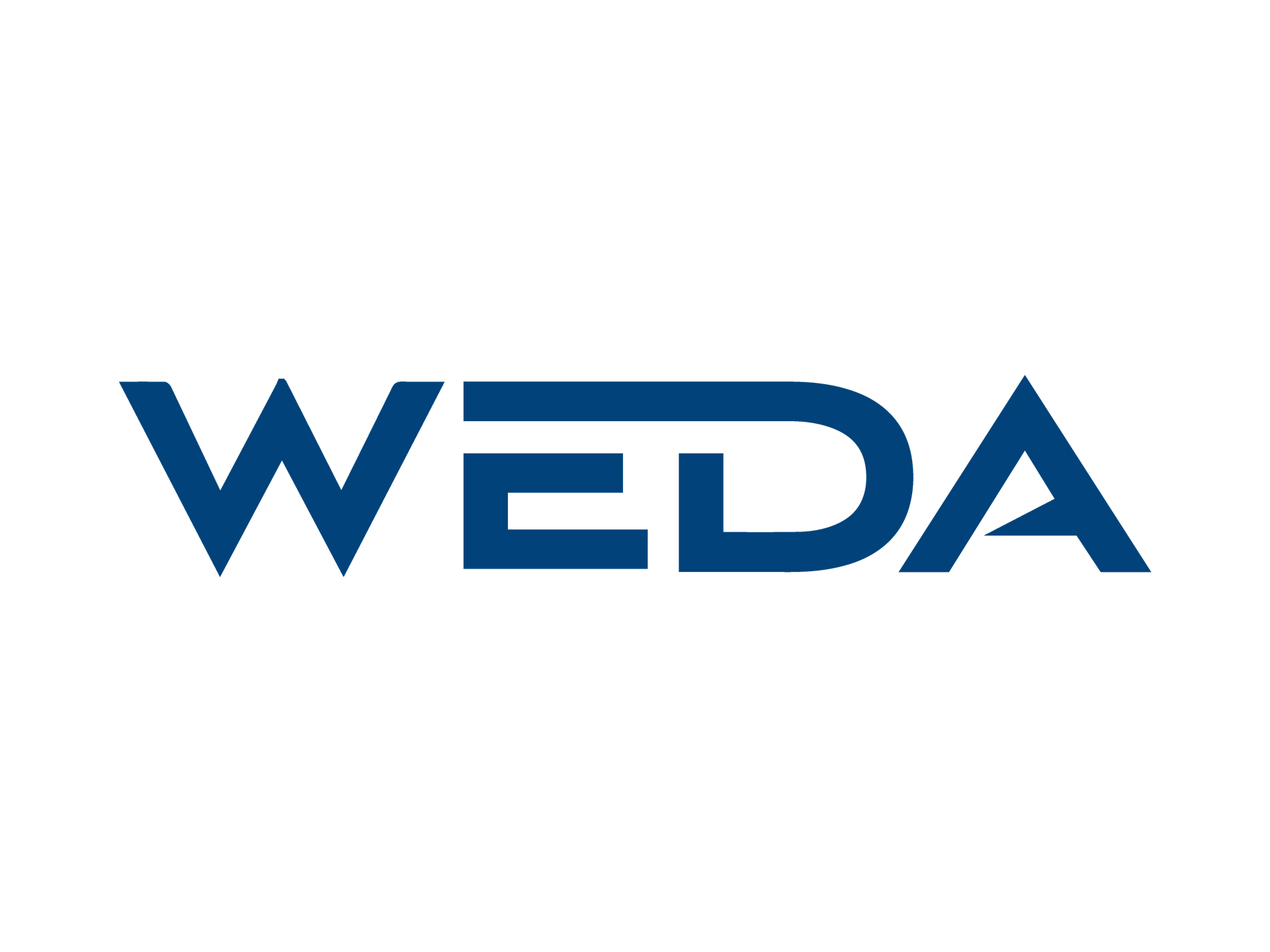
TIF has long been a driver of local economic success, helping to both revitalize urban corridors and bolster industrial growth in rural areas. While many communities can point to successful TIF projects that have generated impressive, and in some cases critical economic growth, some TIF projects standout statewide for having helped create or retain a company or business that people across the country identify closely with Wisconsin. Other TIF projects standout for the large number of jobs created or retained. We have put together a list of 7 iconic Wisconsin developments that may not have happened but for TIF. What’s on your list?

